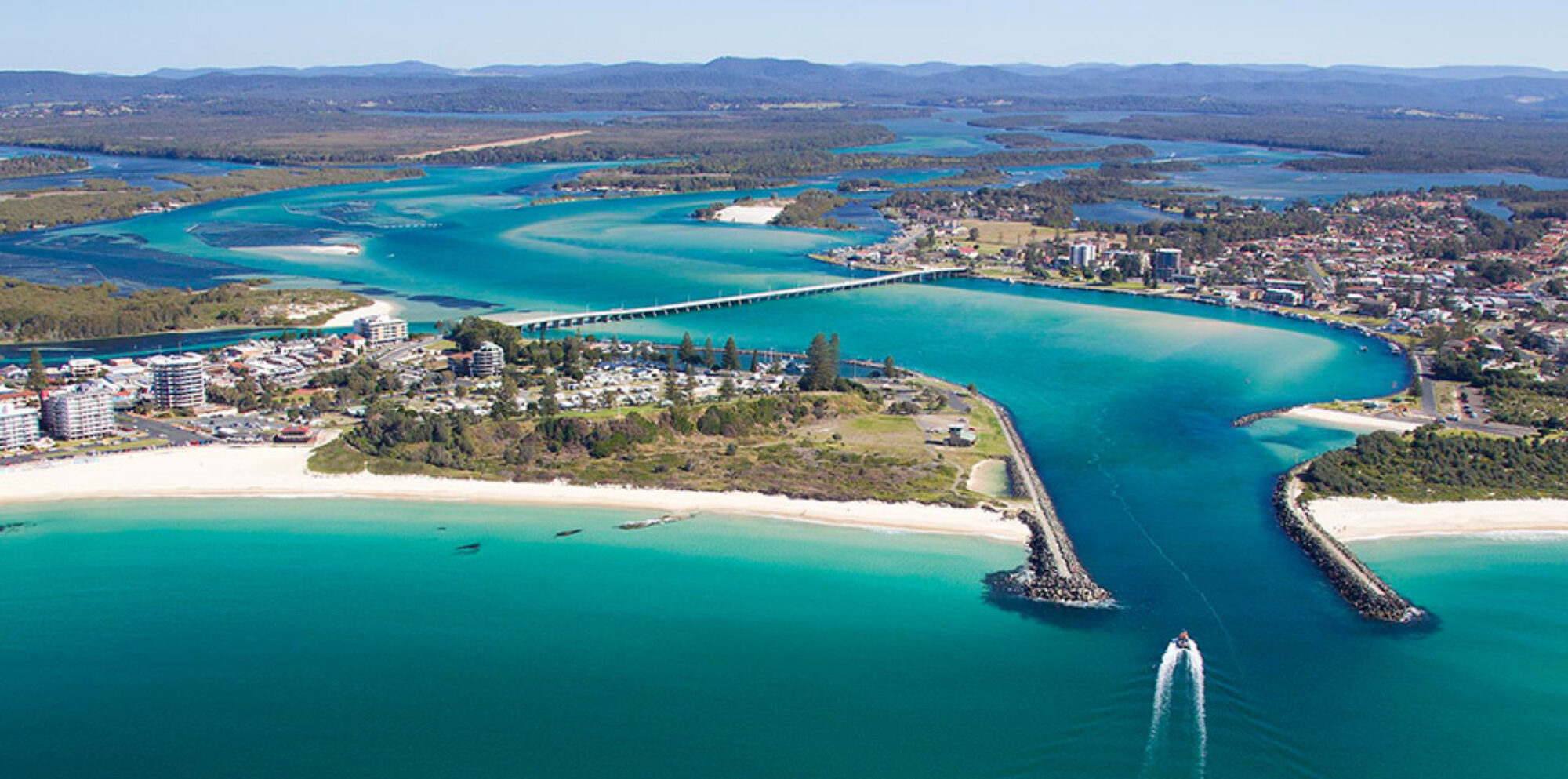In New South Wales, the diverse landscapes significantly shapes people’s relationship with nature, especially those engaged in outdoor recreation. We have a wide variety of environments, each influencing how individuals experience and connect with the outdoors. Here are several key aspects of this relationship:
1. Mountain Ranges and Bushlands
- The Blue Mountains and other significant mountainous areas such as the Barrington Tops provide opportunities for bushwalking, rock climbing, and canyoning. These rugged landscapes foster a sense of adventure and challenge, encouraging participants to develop resilience and adaptability. Businesses and attractions such as ropes courses, white water rafting offer these adventure experiences.
- Areas like Kosciuszko National Parks offer vast wilderness areas where people can experience alpine activities such as skiing and tobogganing. In summer, the mountain areas are also ideal for mountain bike riding and hiking.
- The contrast between native bushland and human-altered environments often leads to a greater awareness of environmental preservation and conservation efforts.

2. Coastal Regions
- With its beaches, cliffs, and estuaries, our coastline attracts surfers, swimmers, kayakers, and anglers. Here, people form a strong connection with the ocean, driven by a reliance on the tides, waves, and weather conditions. Across Australia, millions of people flock to the coast to experience these beautiful environments.
- Coastal regions often evoke a different type of mindfulness, where activities like surfing or swimming immerse people in the natural rhythms of the sea. This connection is dynamic, with a mix of awe and respect for the ocean’s power.
- The presence of marine parks and protected areas along the coast also fosters environmental stewardship, as participants witness the direct impact of human activity on marine life and coastal ecosystems.

3. Deserts and Arid Lands
- In the far west of NSW, outback areas challenges individuals with extreme climates and sparse landscapes. The arid environment invites slower, contemplative outdoor activities like long-distance hiking and camping. The rugged beauty of these areas are so different to many Australian’s normal environments. Mutawintji National Park is a spectacular example of this beautiful arid environment.
- These environments heighten people’s awareness of their dependence on natural resources such as water and shelter, cultivating a deeper sense of respect for the fragile nature of desert ecosystems.
4. Rainforests and River Systems
- Rainforests, such as those found in Dorrigo National Park, provide a contrasting lush, verdant environment that encourages biodiversity-focused activities like birdwatching, photography, and educational tours. They also provide adventurous activities such as white water rafting.
- The many rivers, such as the Hawkesbury and mighty Manning River support a range of water-based activities, like canoeing, water skiing and fishing, where participants interact directly with freshwater systems. These river environments often become symbols of life and sustainability, fostering a connection to natural cycles and the significance of waterways in the Australian landscape.
